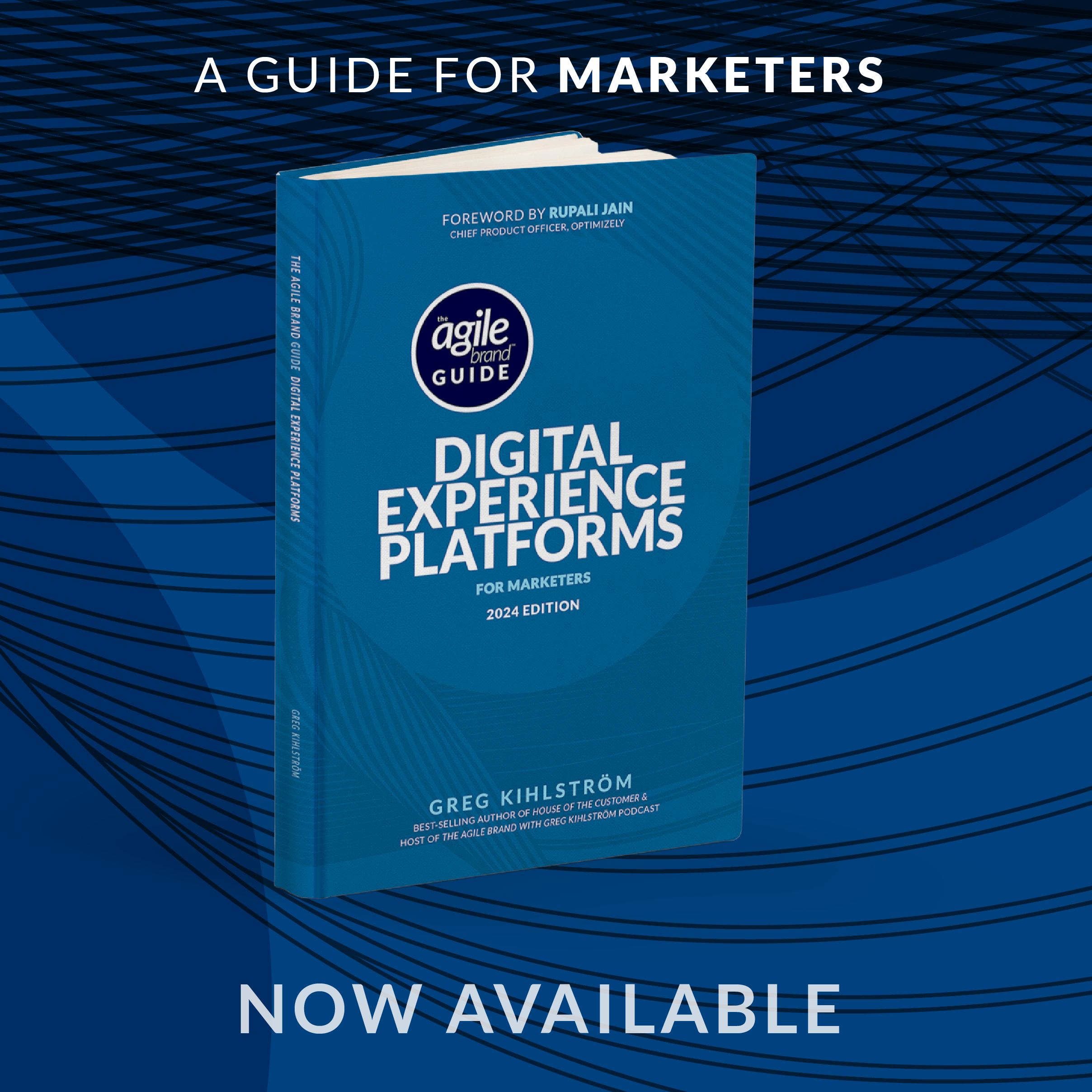The rapid rise of creative ‘right-brain’ generative AI has opened the door to greater adoption of the more analytical ‘left-brain’ AI decisioning solutions by global businesses, according to new research from Pega a leading enterprise AI decisioning and workflow automation platform provider. The study, conducted by research firm Savanta, was unveiled at PegaWorld® iNspire, the company’s annual conference in Las Vegas. It surveyed more than 500 business decision makers across enterprises worldwide on their understanding and use of AI, as well as the challenges and opportunities they see in successfully implementing the technology.
The research found 95% of respondents felt the increased prevalence of gen AI was directly responsible for their adoption of other types of AI tools, with one third saying it played a major role in their decision. It also showed generative AI has become the predominant way of deploying artificial intelligence (AI) within global enterprises, highlighting the extent to which it has been embraced as both a productivity enhancer and a creative partner for innovation.
Don Schuerman
CTO, PegaThe study explored how business decision makers are implementing AI through the lens of the two sides of the human brain: the more rational, analytical AI decisioning side (the ‘left-brain’), and the more creative, generative side (the ‘right-brain’). It found that ‘right-brain’ generative AI is the most used AI within enterprises today, with two in five respondents (44%) saying they use it mostly for creative or productivity-enhancing tasks such as content creation (61%), curating large stores of information (54%), or in conversational chatbots (51%). Conversely, less than a third of all respondents (30%) predominantly use rational ‘left-brain’ AI decisioning solutions, such as predictive analytics (57%), or decision management tools (42%). Only 25% of respondents use an equal number of both ‘left’ and ‘right’ brain AI tools.
Other findings from the research include:
- AI spend is on the rise…but so are transformational expectations: Ninety-two percent of respondents say it’s likely they will increase their use of AI in the next five years, with 74% saying they are either ‘extremely’ or ‘very’ confident AI can add transformational business value to their organization over the next five to 10 years. In the short-term, the vast majority (82%) also expect to be able to directly attribute up to half of their increased profits over the next three years to their use of AI. However, 85% say they spend up to half of their annual IT budget on AI solutions. With 77% admitting to at least some level of waste in their budget spend due to a lack of a proper strategy, it’s clear that more care is required around how and why these investments are made.
- But…businesses overestimate their AI understanding: The vast majority of respondents (93%) say they have a good understanding of AI and the way it works. Despite this, 80% think AI has been in general business use for less than five years – with just 7% saying it has been in use for 10 years or more, despite mainstream usage dating back to the 1980s. Meanwhile, nearly two-thirds (65%) could not correctly identify an accurate definition of generative AI – despite only 3% admitting they don’t know what the technology is. These numbers could explain why nearly two-thirds (61%) say they have had a failed AI implementation.
- AI trust and the enterprise – it’s complicated: Half of respondents (47%) are concerned with resting the success of their brand on AI, while 51% also admit they have concerns over AI transparency and bias. Forty-two percent are also worried about AI taking their jobs – while 40% are concerned about the potential enslavement of humanity by AI-powered robots. Despite these concerns, a majority (62%) have some level of trust in AI’s ability to completely run a department if they felt it would improve overall results. Meanwhile, 41% of respondents prefer to trust a human to build customer relationships, provided they had assistance from AI – compared to just 15% who trust a human more without AI intervention.
- Demand for AI skills is growing: Two in ten (20%) think their organization has weak AI skills and experience, while more than one quarter (28%) say this presents a barrier to further AI use within their business. However, 98% find prior AI skills and experience valuable when considering new applicants to join their team, suggesting a growing importance of fostering an AI-literate workforce. Those with hands-on AI experience such as ‘prompt engineering’ are most in demand (64%), followed by experts in AI theory and academics on the subject (46%). Just 5% are not proactively looking to hire anyone based on their AI skills or experience.
Notes
Pega surveyed more than 500 business decision makers worldwide on their views, understanding, and plans for implementing AI solutions, as well as the challenges and opportunities they see in the technology. The results included responses from North America, the United Kingdom, France, Australia, and Germany.
Methodology
Pega crafted a set of 10 statements, dividing them evenly into categories associated with ‘left-brain’ and ‘right-brain’ AI technologies commonly used within enterprises. These statements were shown to participants in a random sequence, and participants had to choose the ones they felt best matched the AI their company employs. A tally was made of the number of ‘left-brain’ and ‘right-brain’ statements each participant chose. Those who picked an equal amount from both categories were categorized as ‘middle-brain’. Participants were labelled as ‘left-brain’ if they chose more ‘left-brain’ technologies, and ‘right-brain’ if their choices favored ‘right-brain’ technologies.
Resources
Read more about how to harness the power of AI innovation here:








